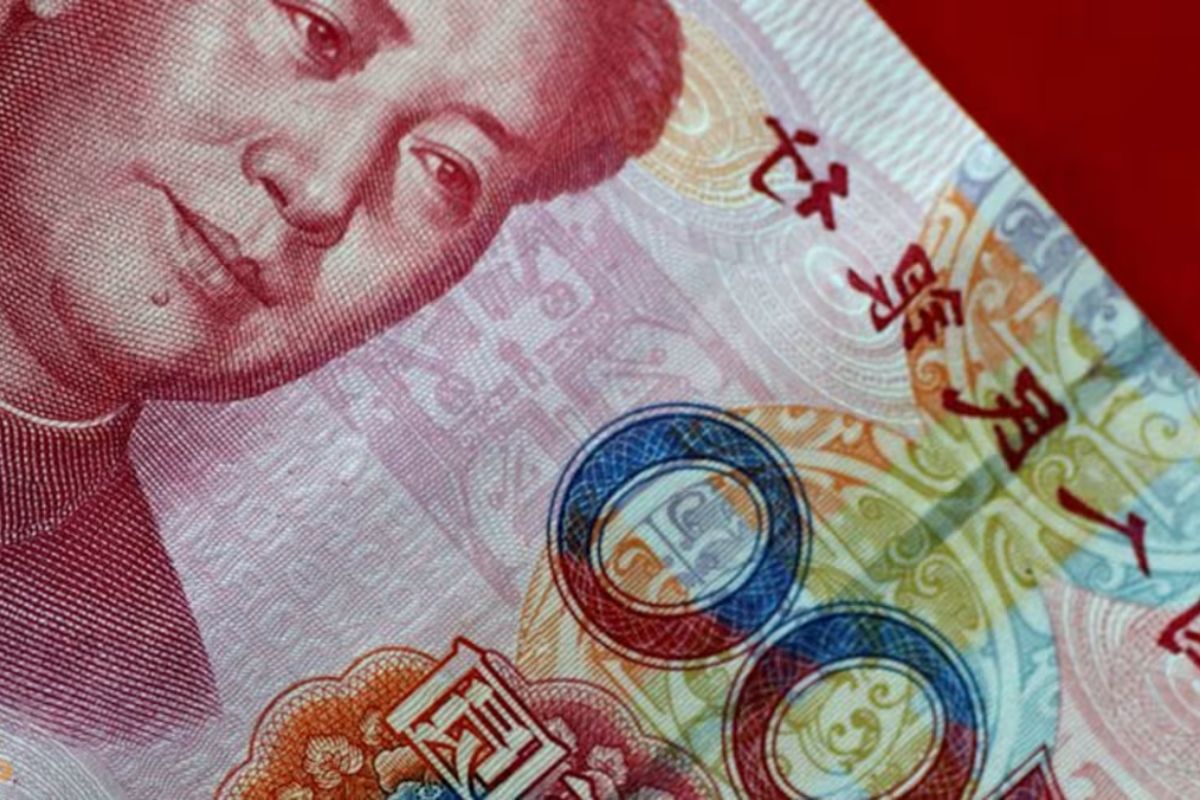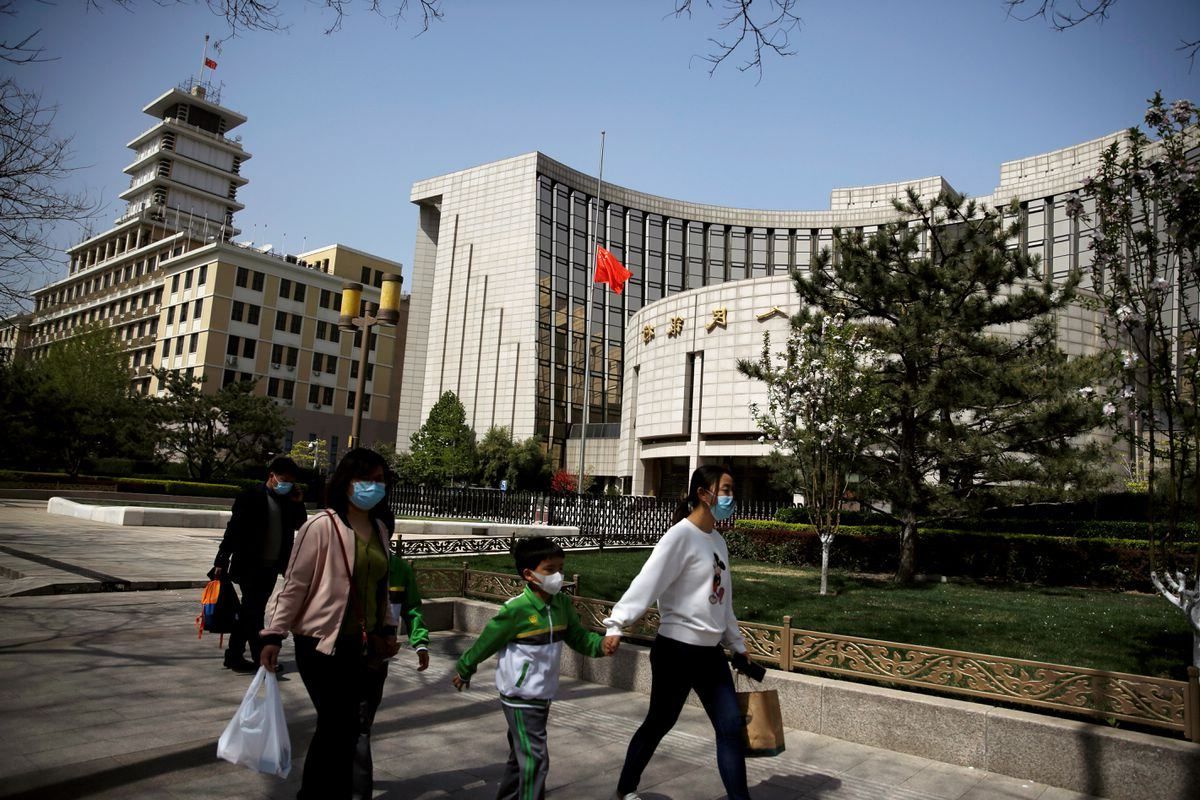China’s Surprise Move: In a bold and unexpected move, China has announced its first mortgage rate cut since June, sending shockwaves through the financial world.
The decision comes amidst a backdrop of economic uncertainty and shifting global dynamics, leaving analysts and investors wondering about the implications for China’s economy and the broader real estate market.
With speculation rife about the motivations behind this surprising decision, the intricacies of China’s monetary policy framework and its interconnectedness with global markets are brought into sharp focus.
Stay tuned as we unravel the intricacies of this groundbreaking development.
Key Takeaways
- China’s first mortgage rate cut since June aims to stabilize the economy and real estate market.
- Anticipated reduction in the five-year LPR to boost confidence and investment.
- Reflects China’s strategic financial resilience amidst global economic uncertainties.
- Aligns with recent expansionary monetary policies signaling a commitment to growth and stability.
Expected Reduction in China’s Mortgage Reference Rate
Is China on the brink of a historic mortgage rate cut? Speculation is rife as China gears up for a potential reduction in its benchmark mortgage reference rate. The Loan Prime Rate (LPR), a key indicator influenced by proposals from 20 major commercial banks, is poised for a downward adjustment.
The anticipation stems from the improved net interest margins of banks, setting the stage for a significant shift in mortgage rates. A survey of 27 market experts reveals an overwhelming consensus, with a staggering 92.6% expecting a cut in the five-year LPR, with projections ranging between five to 15 basis points. Furthermore, 25.9% of respondents foresee a reduction in the one-year tenor, a crucial aspect for most loans in China.
Also Read: Mortgage Rates Hold Steady: 3-Week High Above 7% Signals Stability
The current one-year LPR stands at 3.45%, having already experienced two cuts totaling 20 basis points in 2023. The five-year rate, at 4.20%, last saw a decrease in June 2023 by 10 basis points. As anticipation mounts, all eyes are on China as it potentially embarks on a groundbreaking mortgage rate adjustment.
Potential Impact on Economy and Real Estate Market
The impending reduction in China’s five-year Loan Prime Rate (LPR) is poised to trigger a seismic shift in both the economy and the real estate market, setting the stage for unprecedented financial dynamics.
With the strategic aim of stabilizing confidence, encouraging investment and consumption, and supporting the stable development of the real estate market, this move signifies a bold step towards economic revitalization.
As China grapples with a slowing economy and external uncertainties such as U.S. rate cuts, yuan depreciation, and capital outflows, the decision to lower rates carries significant weight.
By striking a delicate balance between addressing domestic economic challenges and navigating global financial complexities, China’s bold move showcases a commitment to ensuring stability and growth.
The potential impact of this rate cut on the economy and real estate market cannot be understated, as it heralds a new era of financial resilience and adaptability in the face of adversity.
Relationship between LPR, Medium-Term Policy Rate, and Reserve Requirement Ratio
Interwoven within the intricate fabric of China’s monetary policy landscape lies a complex relationship between the Loan Prime Rate (LPR), Medium-Term Policy Rate, and Reserve Requirement Ratio, shaping the very foundation of the country’s economic trajectory.
The LPR’s connection to the medium-term policy rate is not merely coincidental; rather, it reflects a synchronized dance of monetary instruments orchestrated by the People’s Bank of China. Recent adjustments in banks’ reserve requirement ratios and deposit rates by key lenders set the stage for an imminent reduction in the LPR.
This strategic maneuver, coupled with the full rollover of maturing Medium-Term Lending Facility loans, underscores the central bank’s unwavering commitment to an expansionary monetary policy stance aimed at fortifying economic growth and stability.
The symbiotic relationship between these key rates serves as the linchpin for steering China’s economic ship through turbulent waters, showcasing the intricate mastery required to navigate the complex seas of global finance.
Global Economic Context and Constraints
Navigating the choppy waters of the global economic landscape, China’s monetary policy faces a precarious balancing act amidst uncertainties stemming from U.S. rate fluctuations, yuan volatility, and capital flight risks.
The recent mortgage rate cut, the first since June, comes at a critical juncture where the Chinese economy is grappling with a slowdown. However, the decision to lower rates is not solely driven by domestic concerns but is heavily influenced by external factors. The looming specter of U.S. rate cuts and the potential for a further devaluation of the yuan have forced China’s hand in treading cautiously.
The delicate dance between stimulating economic growth and preventing capital flight requires a deft touch from policymakers. While the need for lower rates is apparent, the constraints imposed by the global economic environment demand prudence and foresight. China’s monetary policy must navigate these turbulent waters with skill and precision to steer the economy towards calmer shores.
Market Outlook and Analyst Predictions
Amidst turbulent market conditions and global economic uncertainties, analysts predict a bold and aggressive approach from China’s monetary policy to bolster market sentiment and propel economic growth. The recent RRR cut and MLF rate decisions are viewed as indicators of China’s commitment to an expansionary monetary policy stance.
Additionally, the potential for an imminent LPR cut is seen as a strategic move to further bolster market sentiment and stimulate economic growth, all while navigating through the prevailing challenges. Tommy Xie, the head of Greater China research at OCBC Bank, is among those interpreting these recent monetary policy shifts as pivotal steps towards maintaining stability and fostering economic resilience in the face of adversity.
| Analysts’ Predictions | Expected Outcomes |
|---|---|
| Expansionary monetary policy stance | Bolster market sentiment |
| Imminent LPR cut | Stimulate economic growth |
| Commitment to stability | Navigate prevailing challenges |
| Propelling economic resilience | Fostering growth amidst adversity |
Conclusion Of China’s Surprise Move
China’s unprecedented mortgage rate cut has shocked the global market. This move is a game-changer, potentially revitalizing the economy and boosting the struggling real estate sector.
The correlation between the LPR, policy rate, and reserve requirement ratio is intricate, but this cut signals a bold shift in China’s economic strategy. As the world watches, analysts predict a surge in market activity and renewed investor confidence.
China’s bold move is a beacon of hope in turbulent economic times.




